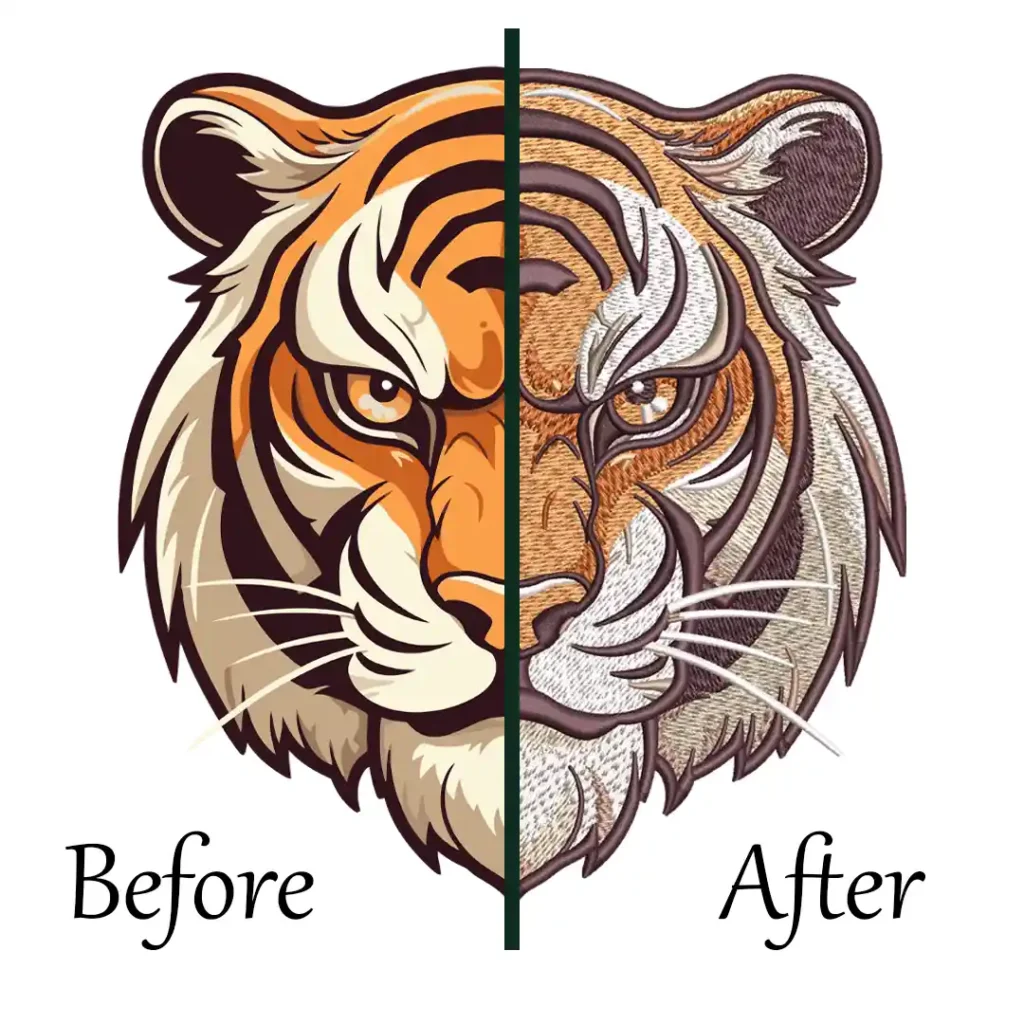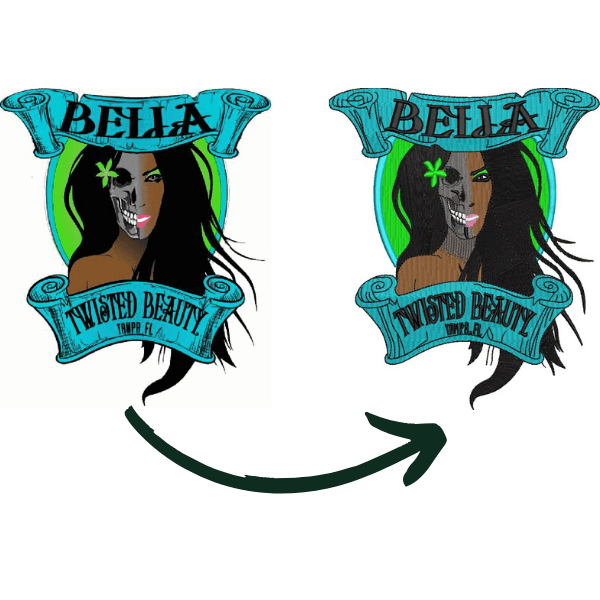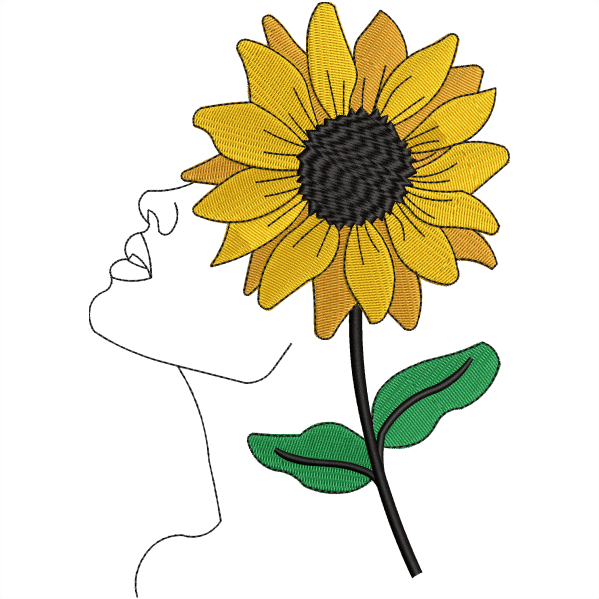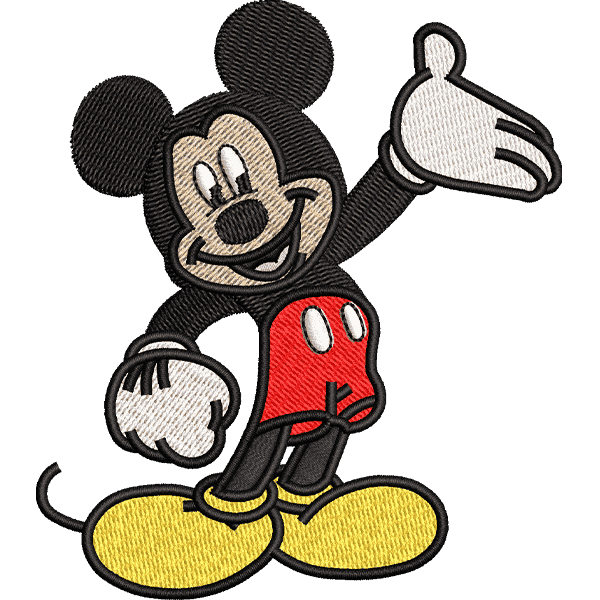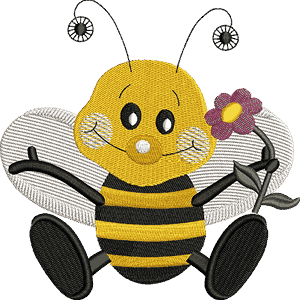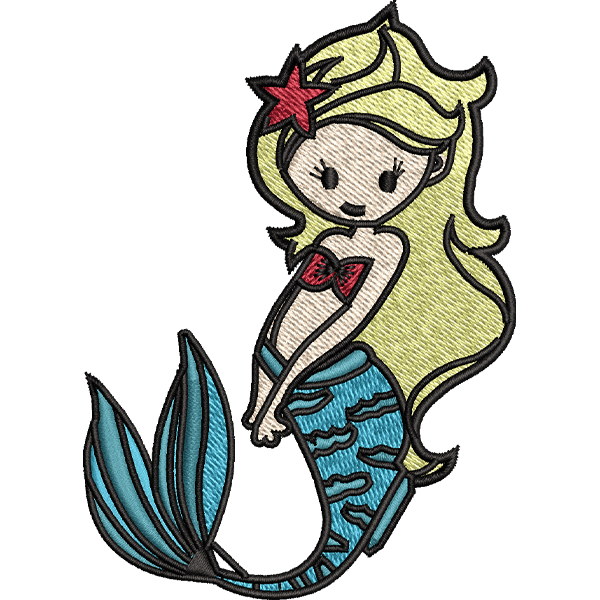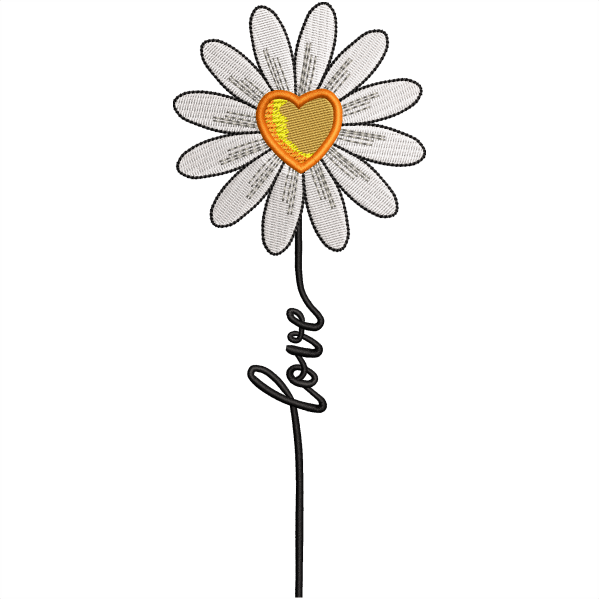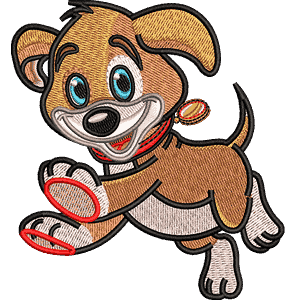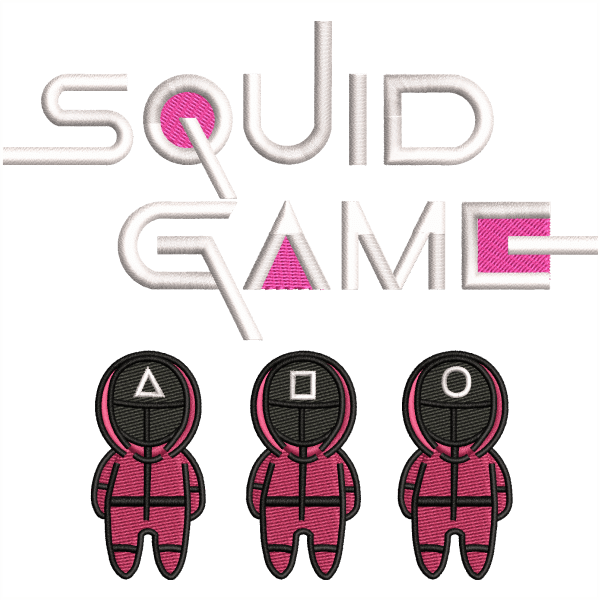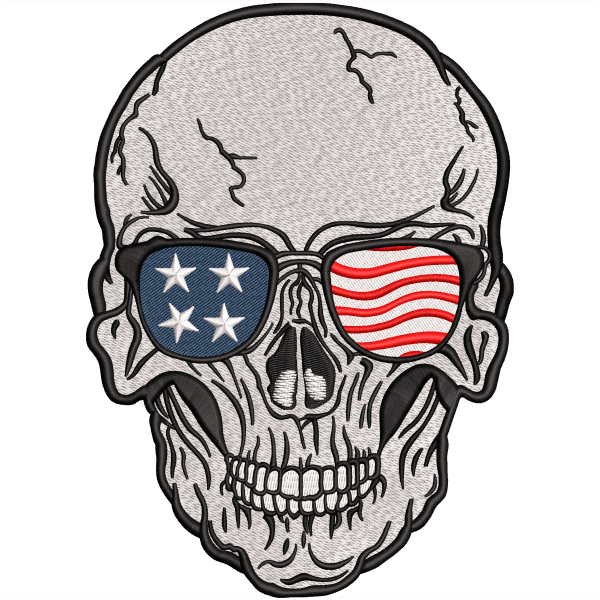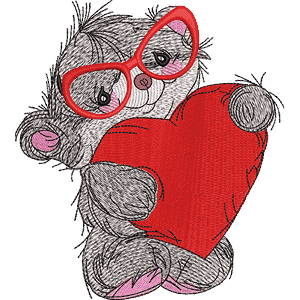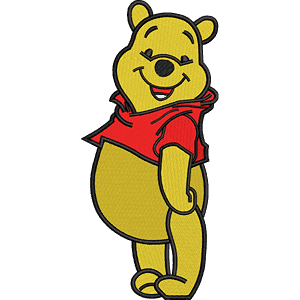An embroidery machine is employed to make patterns on textiles. It is used in product branding, corporate ads, and uniform adornment commercially. It is also used to decorate clothing and apparel in the fashion industry.
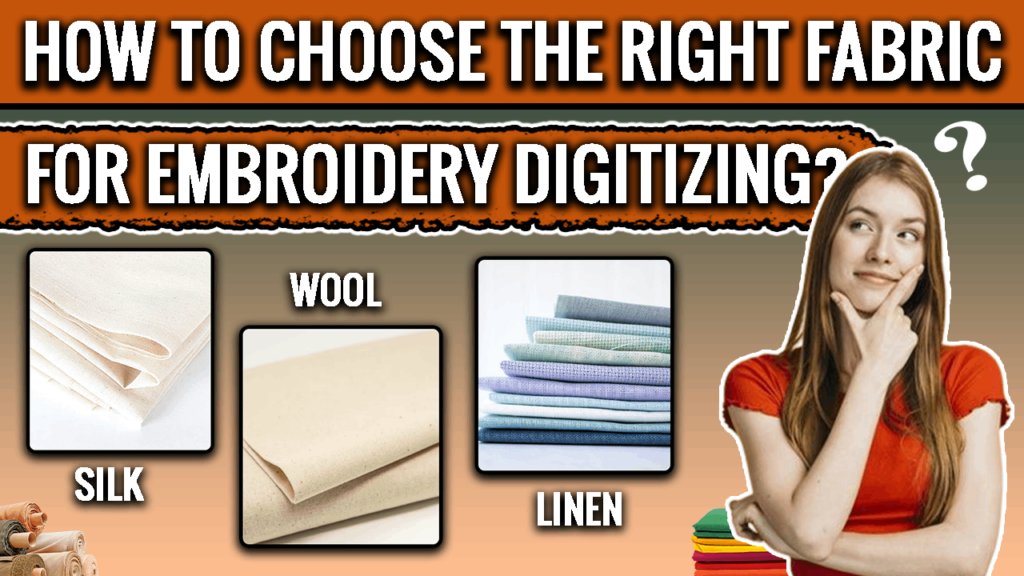
How to choose the right fabric for embroidery Digitizing
Introduction:
Embroidery may be done on a variety of clothing components as well as on different products. Nowadays, computers may be used to work on fabrics for embroidery designs. Customized embroidery may be used on a variety of other things. Using custom embroidery digitizing services will not only ensure that you receive a superior-quality embroidered item, but it will also enable you to save a significant amount of money on your fabric for embroidery.
Embroidery Digitizing
&
Vector Art Services
Are you looking for embroidery digitizing and vector art services at low cost with superfast turnaround, guaranteed quality and preview before pay? So, you are at right place. We can digitize and vectorize any type of artwork in your required file format.
1) Recognize And Understand Your Thread Number:
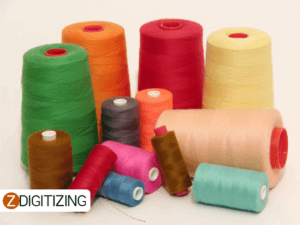
Exactingly as it is in linen embroidery, the number of threads per square inch (also known as thread count) is critical to the success of fabric embroidery. The essential distinction is that we require a modest number of stitches so that your embroidered design does not appear to be overly complicated.
The thread count of an embroidered fabric is just as important as it is in bed linens. However, the difference is that we are looking for a more moderate quantity to keep the design from becoming overbearing. A needle and yarn will usually be easy to find for fabrics with fiber numbers under 150, such as muslin and cotton, Aida or linen, Flour Sack or Osnaburg, and other similar materials.
2) Pre-Wash To Prevent Puckering:
Always wash your fabric before sewing. Adding this layer of toughness to the design ensures that it is as durable as possible across the panel. It also pre-narrows the stuff, which is crucial if you’re planning to include your embroidery on a shirt, bedspread, or other additional thing design that will be washed.
3) Provide Support For The State:
If you’re planning any complicated or layered patterns, or if you’ll be embellishing with pearls, badges, or other stresses, consider adding a stabilizer or interfacing to the end of your area material before you begin sewing it together. It will secure it sufficiently to allow for more complicated stitching, but it will not affect the overall look of the pattern.
4) Proceed As Natural:
You can put on your clothes as usual but look for materials made from common components such as cotton, linen, silk, wool, or a combination of specific elements. Fabrics with original designs manage to be essential while still being robust enough to retain embellishment stitching in place. Furthermore, they transform into threads that may be used horizontally and vertically, allowing a needle to be inserted rapidly. Among synthetics, your needle may penetrate floss, allowing it to remain in the battle for an extended period.
5) Some Best Fabrics For Embroidery:
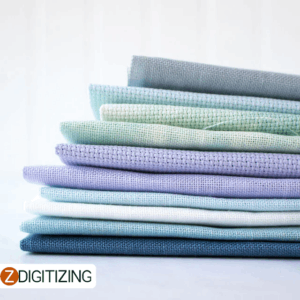
Needlework is most easily accomplished on natural textiles with a tight weave because they provide a firm foundation for embroidery. Given that the fibers are oriented horizontally and vertically, the needle easily pierces the material. Cotton, linen, silk, and wool are all excellent fabrics for embroidery since they are soft and absorbent.
Quilting Cotton, Often Known As Quilter’s Cotton
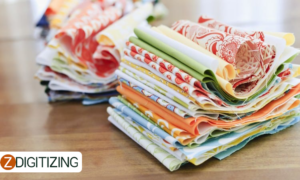
It is a lightweight fabric that is available in a wide range of colors. When embroidering with quilter’s cotton, it is ideal to employ designs that are basic and uncluttered. In addition to placemats, table runners, wall hangings, and quilts, it is pretty adaptable and may be used in various crafts.
Hanky Linen
This material, which is commonly used in Australia, is a wonderful fine and lightweight linen/cotton combination with tiny slubs throughout that has a lovely sheen to it. When combined with the appropriate stabilizer, it is excellent for embroidery.
Linen
It is a beautiful natural fabric. It is more textured and stronger than cotton, and it is lower in weight. Linen is regarded as the strongest of all-natural fabrics, and it holds up exceptionally well over time.
Silk
Because of its lovely shine, this cloth is a favorite choice among embroiderers. Although silk appears to be a fragile fabric, it serves as a good, crisp, and robust foundation.
Wool
It is an excellent choice for usage in both woven and felted applications. Because felted wool does not fray, you may trim around the edges. It adds depth without completely engulfing the thread.
Terrycloth
By embroidering monograms on bathrobes and towels, you can make lovely, unique presents for friends and family. For these fuzzy materials, it’s essential to combine them with designs that have a solid fill rather than those with a water-soluble covering on top of them. It will prevent the stitches from becoming lost in the texture of the terrycloth.
Materials That Are Unusual Or Difficult To Embroider
People have experimented with a variety of various materials, and the results have frequently been eye-opening in their explorations. Create something genuinely unique by embroidering on evenweave fabric for embroideries such as burlap/hessian, toilet paper, straw placemats and hats, vinyl, and even balsa wood or other natural materials.
Frequently Asked Questions
Natural woven materials work best for hand embroidery. It is where you decide on your backdrop material and thread count.
- In picture editing software, flip the image.
- Get fabric-color photo transfer paper.
- Use an inkjet printer to print the picture on the transfer paper.
- Using scissors, trim the pattern.
- Prepare a firm, heat-resistant surface and lay the cloth flat.
- Iron the design on.
- After 2 minutes, remove the backing.
- In the next 24 hours, wash and dry the cloth inside out.
Patches are embroidered designs sewn onto clothes or textiles. Materials: Cloth or other appropriate fabric for the top (typically cotton, polyester, or a mix).

